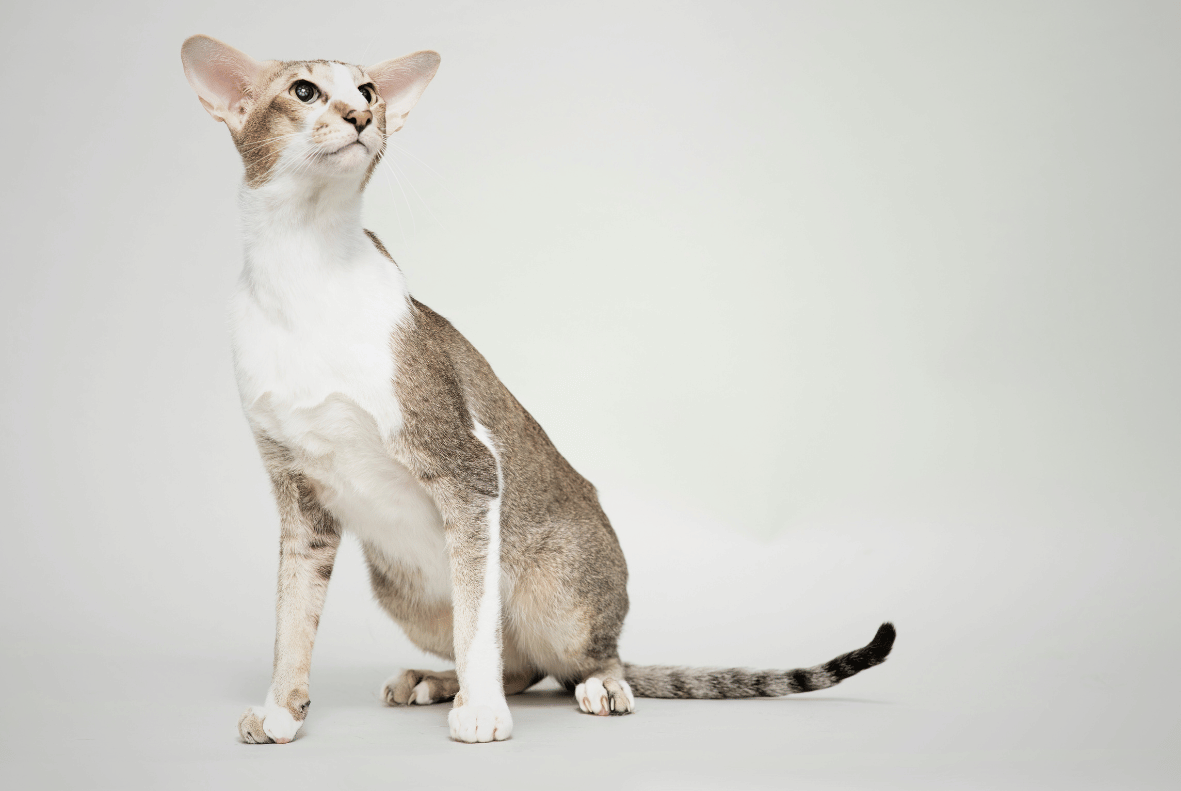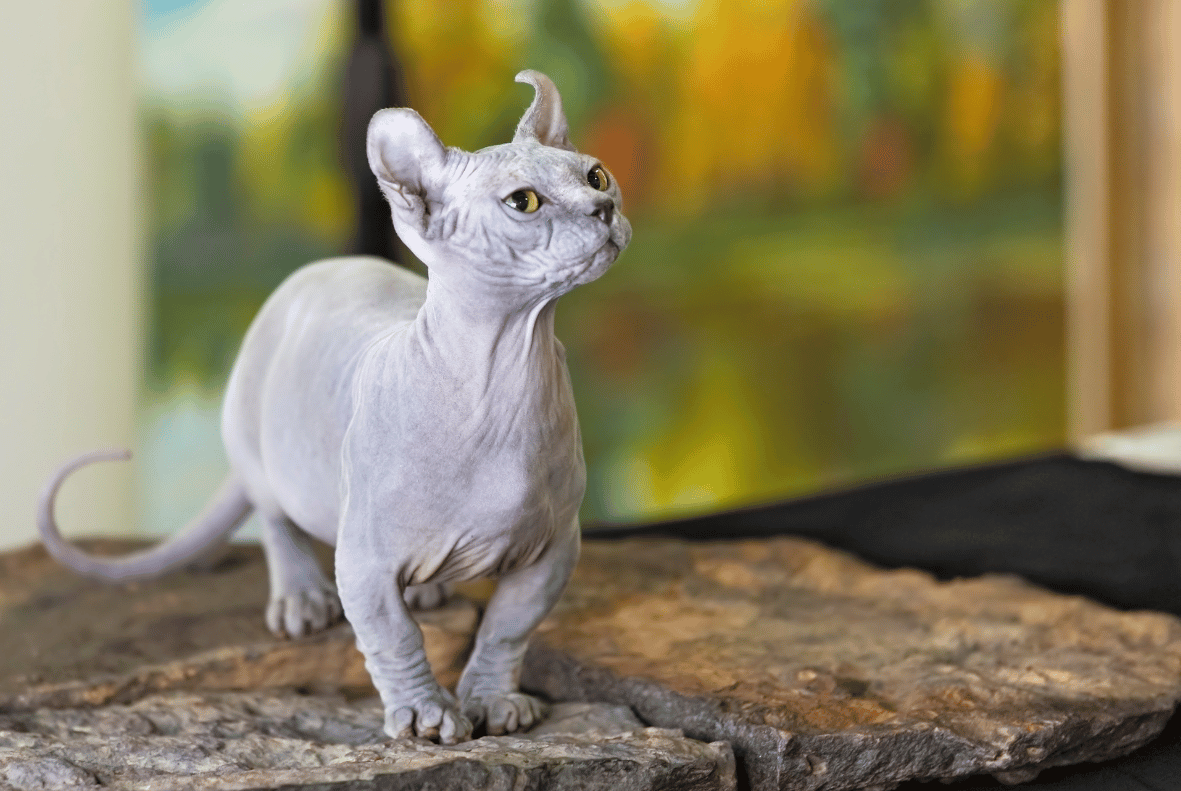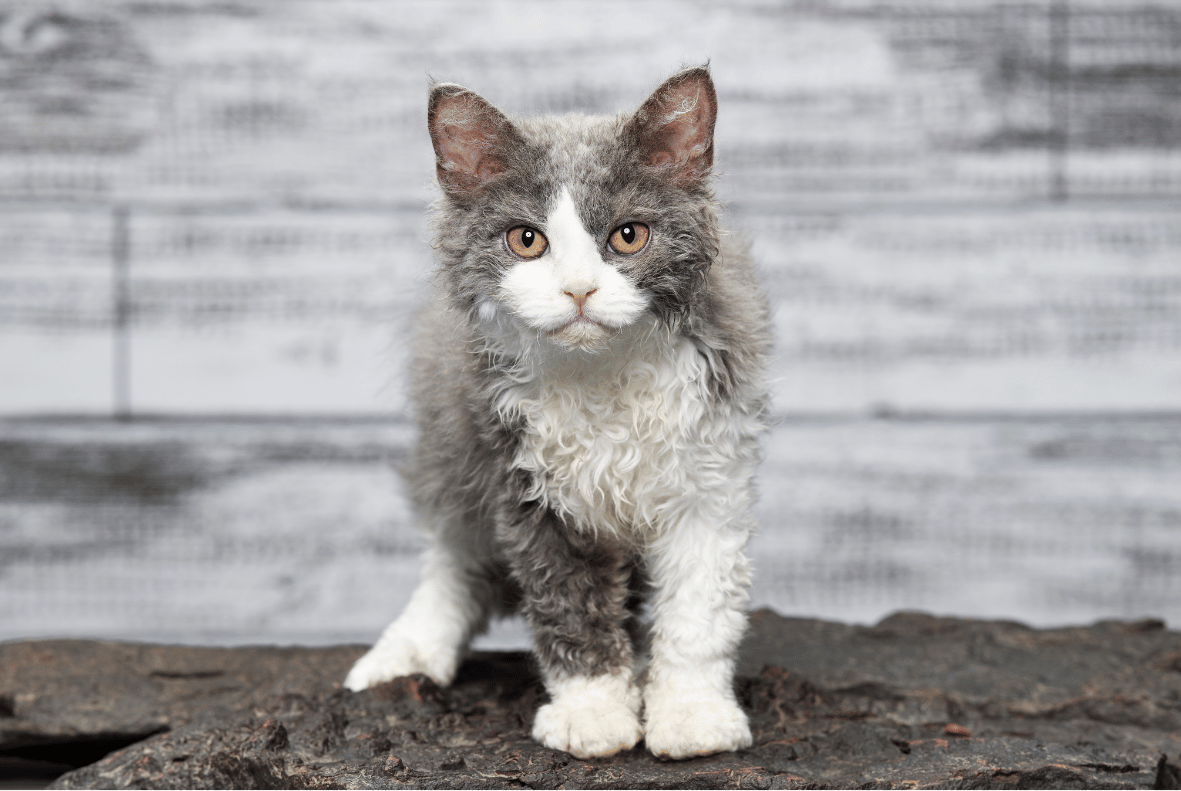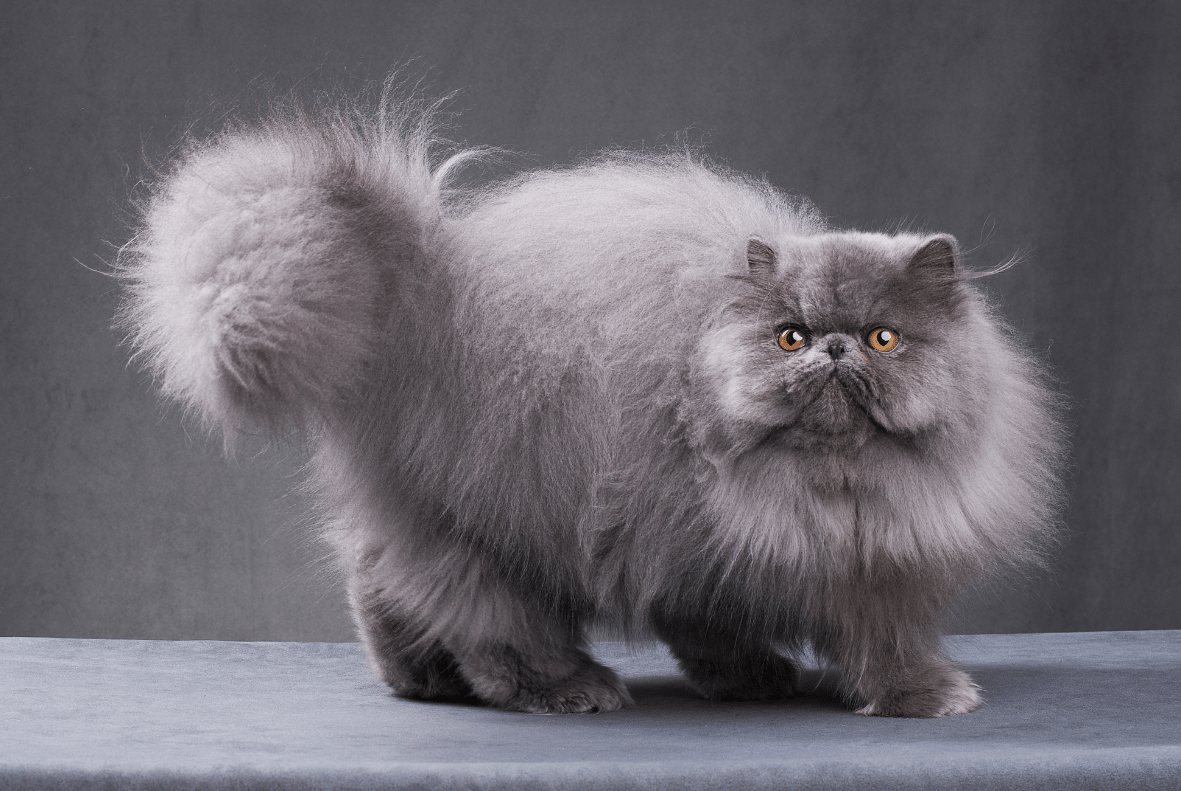Moggy Cat Insurance
Get a quoteA 'moggy' cat is a term used in the UK to describe a mixed or unknown breed of cat. Moggy cats can have a diverse mix of physical features and characteristics, as they often come from various breed backgrounds. Moggies can be domestic short or long haired cats.
Despite not having a specific breed, moggy cats can make wonderful pets and are beloved for their unique personalities and traits. They are often considered more resilient and adaptable than purebred cats, and are known for their individuality and charm.
Are you looking to insure your Moggy? It's worth considering Moggy pet insurance if you are looking to protect yourself against unexpected vet bills.
Moggy Character
Moggies often exhibit a wide range of personalities and behaviours, making them unpredictable and unique in character. Unlike purebreds, where certain traits are more standardized, a moggy can be a delightful mystery box in terms of temperament, quirks, and even physical traits.
Additionally, moggies are often praised for their survival skills. They tend to be more adaptable and street-smart, especially if they have a history of living outdoors. This hardiness means they can often navigate various environments more effectively than some of their purebred counterparts.
In summary, the humble moggy, often overlooked in favour of purebred cats, actually possesses a rich tapestry of genetic and behavioural traits that make them not just weirdly fascinating but also resilient and unique pets.
Moggy Appearance
Conditions which affect this breed
Common medical conditions in all cats include:
-
Dental Problems: Cats often suffer from dental diseases such as gingivitis and periodontitis, leading to oral discomfort.
Urinary Tract Issues: Feline lower urinary tract disease (FLUTD), urinary blockages, and bladder stones can cause urinary problems.
Gastrointestinal Disorders: Inflammatory bowel disease (IBD), vomiting, and diarrhoea are frequent ailments.
Respiratory Infections: Upper respiratory infections (URIs) are common, with symptoms like sneezing, coughing, and eye discharge.
Obesity: Overfeeding and lack of exercise contribute to obesity, leading to diabetes and joint problems.
Parasites: Fleas, ticks, and intestinal worms can infest cats, causing discomfort.
Hyperthyroidism: Older cats are susceptible to overactive thyroid glands, resulting in weight loss and heart issues.
Kidney Disease: Chronic kidney disease (CKD) is common among older cats, causing kidney function decline.
Diabetes: Diabetes can occur, leading to increased thirst, urination, and weight loss.
Cancer: Cats can develop various cancers, including lymphoma and squamous cell carcinoma.
Regular vet visits, a balanced diet, proper dental care, and a safe environment can help prevent and manage these common feline health issues.
Weird Fact..
Moggies, despite their mixed-breed status, have made quite an impact in popular culture. Here are some notable examples:
-
In T.S. Eliot's Old Possum's Book of Practical Cats, many of the felines are essentially moggies with unique personalities and quirks. This book was the inspiration for the famous musical Cats.
-
Bob the Cat, a real-life former stray who became the subject of the book and film A Street Cat Named Bob, is a moggy. His story of helping his owner recover from addiction and turn his life around resonated with audiences worldwide.
-
Moggies often star in commercials and have become social media sensations. They are relatable to a wide audience, representing the everyday, lovable pet cat. Grumpy Cat, for instance, was a mixed-breed cat who became an internet celebrity.
In essence, moggies in pop culture are often symbols of resilience, relatability, and the joys of everyday life with pets. They represent the quintessential cat experience for many people – a blend of independence, affection, and unpredictability.
Moggy History
Cats and humans have been companions since around 7500 BC, starting in the Near East. Unlike cows or sheep that were kept for work or food, cats were kept as company and for pest control. The first evidence of cats living alongside humans comes from Cyprus, where a cat was buried alongside a human, indicating a special relationship.
Fast forward to ancient Egypt, about 2000 BC, and cats were linked to gods, showing how much Egyptians loved them. As trade and travel flourished, so did the presence of cats in different cultures. The Greeks and Romans appreciated cats too, as they were good at keeping their food stores rodent-free.
In medieval Europe, cats were sometimes seen as bad luck because of superstitions, but their skills in pest control usually saved the day. The Age of Exploration in the 15th and 16th centuries saw cats globalised, as ships used them to manage rodents, introducing them to new continents.
Around this time, people started breeding cats on purpose, which is why we have so many different types today. The Industrial Revolution also helped cats become not just pest controllers but also furry friends in the growing cities.
In the UK, lots of cats started mixing breeds, creating the 'moggy' - a cat with a mix of different types. Today, cats are one of the most popular pets worldwide, cherished for their companionship and low maintenance.
Moggy Insurance
When looking to insure your Moggy its worth shopping around, with a Moggy insurance comparison you may be able to save both time and money so why not get a Moggy insurance quote today.
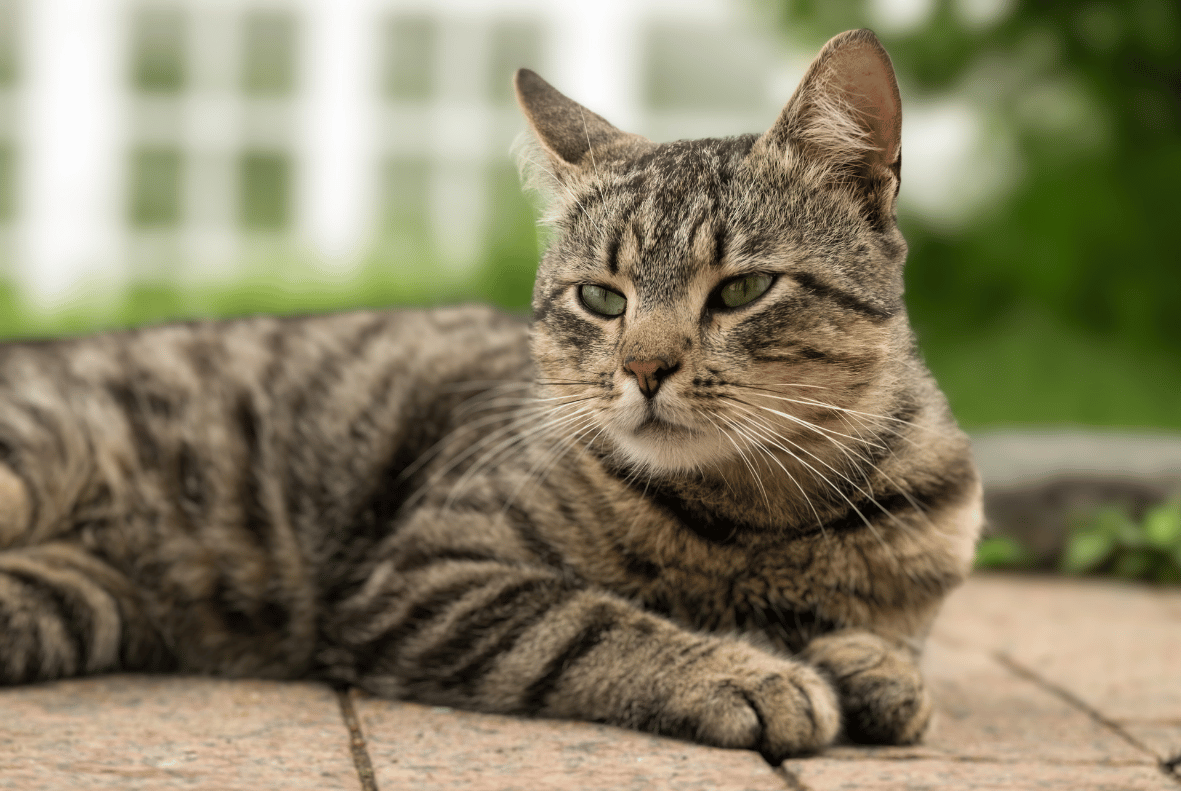
Size: Medium
Life span: 12 years or more
Exercise: Up to 1 hour per day
Home size:
Coat length size: Medium
Sheds: True
